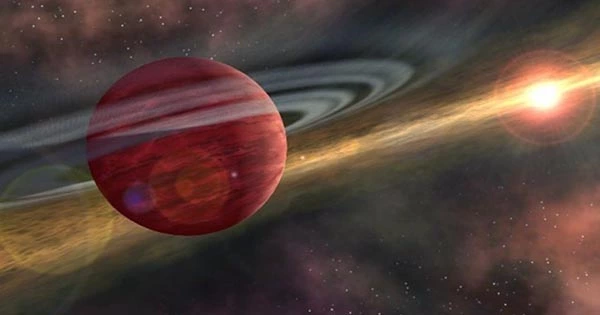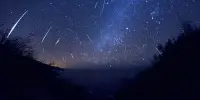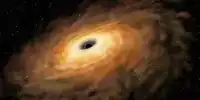In 2018, the first Very Large Array sky scan discovered an object called VT 1137-0337 in a galaxy 395 million light-years distant that looks to be a supernova remnant. Further analysis has discovered two characteristics that set this discovery apart from others. The first is the pulsar’s unusual brightness, which is well above what is expected of pulsars. The second is that while a scan of the same location in 1998 failed to detect this pulsar, it has been identified in four consecutive surveys, implying that it is the youngest object of its type ever discovered. Chinese, Japanese, and Islamic astronomers discovered a new star in 1054.
We now know it was a supernova, and the leftovers of the explosion, known as the Crab Nebula, have become one of the most studied celestial phenomena. The nebula observed via optical telescopes is an 11-light-year-wide cloud of gas ejected by the explosion, with a neutron star at its heart spinning so fast that a beam of radiation sweeps across the sky 30 times per second. The Crab Nebula pulsar is the strongest persistent gamma-ray source in Earth’s sky, while being astronomically young and only 6,500 light-years away. However, Dillon Dong, a Caltech doctoral student, claimed that VT 1137-0337 is inherently 10,000 times brighter at the American Astronomical Society meeting in Pasadena this week.
Dong and his supervisor, Professor Gregg Hallinan, believe that VT 1137-0337 and the Crab are the same thing. In a statement, Dong stated, “What we’re most likely witnessing is a pulsar wind nebula.” Pulsar wind nebulae form when a pulsar’s magnetic field accelerates charged particles in material ejected by a supernova explosion to speeds near to light. The Crab has taught us the majority of what we know about them.
“With a greater magnetic field, [VT 1137-0337] looks to be around 10,000 times more energetic than the Crab,” Dong added. “It’s most likely an emerging’super Crab.'”The Crab Nebula is just around 1,000 years old, which is rather young by astronomical standards, yet it’s quite old in comparison to VT 1137-0337.
“Based on its properties, this is a very young pulsar – probably only 14 years old, but no more than 60 to 80 years old,” Hallinan added. It’s conceivable that VT 1137-0337 is older than 24 years since its cloud was too dense for the VLA to detect it in 1998. Because the density of gas clouds lowers as they expand, VT 1137-0337 will most likely become visible around the Millennium. Pulsars fade with time, and VT 1137-0337 is losing around 5% of its strength per year, so it won’t be as bright for much longer.
VT 1137-0337 must have an extremely high magnetic field to be a pulsar wind nebula, and its magnetism may be so powerful that it qualifies as a magnetar — a rare type of hyper-magnetized neutron star. “In that scenario, this would be the first magnetar discovered in the act of forming, which is also quite interesting,” Dong added. Fast Radio Bursts (FRBs) are massive bursts of light that last only a fraction of a millisecond and are currently one of the most puzzling astronomical mysteries.
Magnetars are one of the most popular theories for FRBs. According to Dong and Hallinan, pulsar wind nebulae might be the source of at least some FRBs. The host galaxy of VT 1137-0337 is fascinating in and of itself. Despite having a mass equivalent to that of the Small Magellanic Cloud, it is producing stars at a hundred times the rate of our nearest galactic neighbor.
















